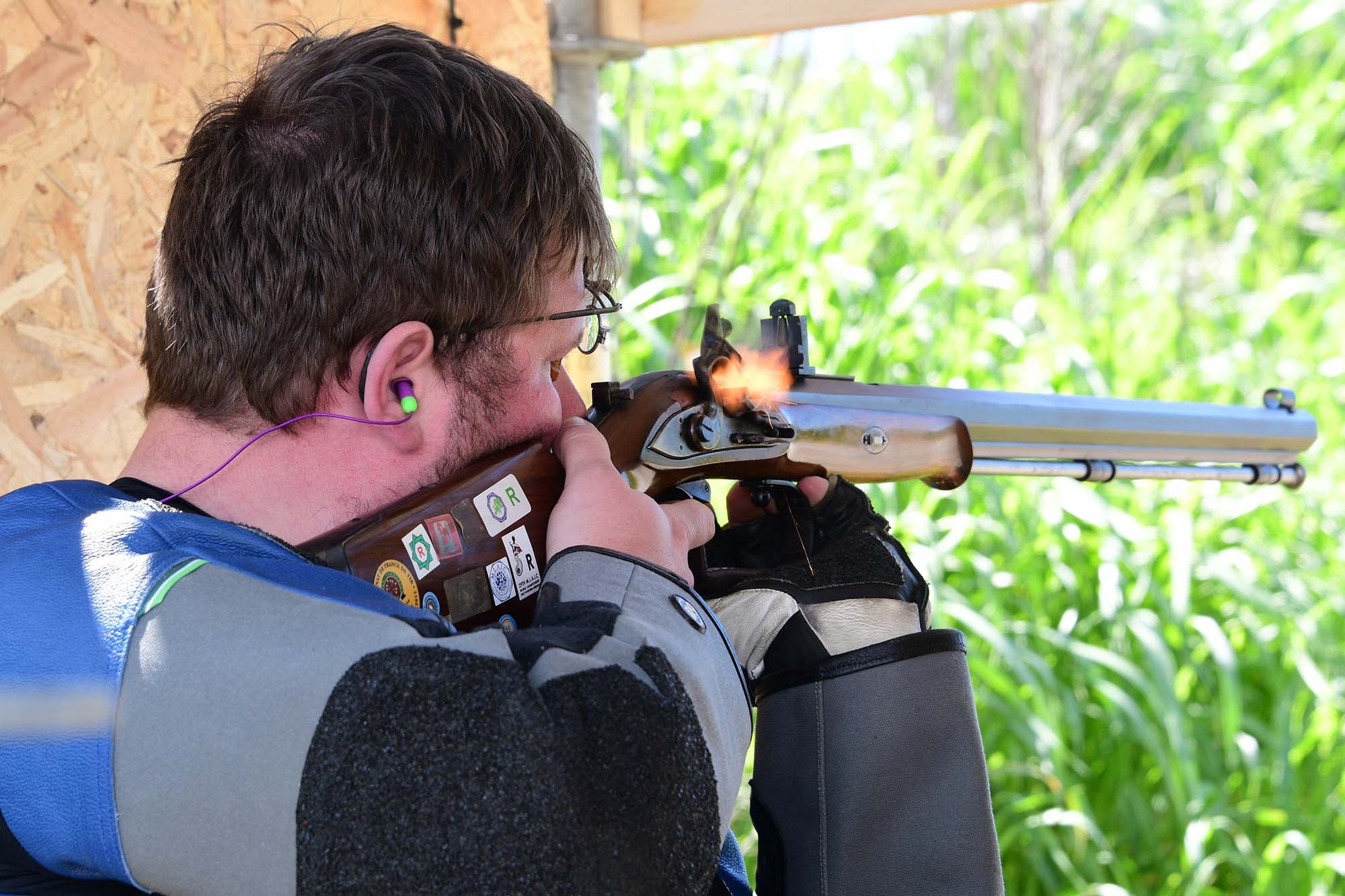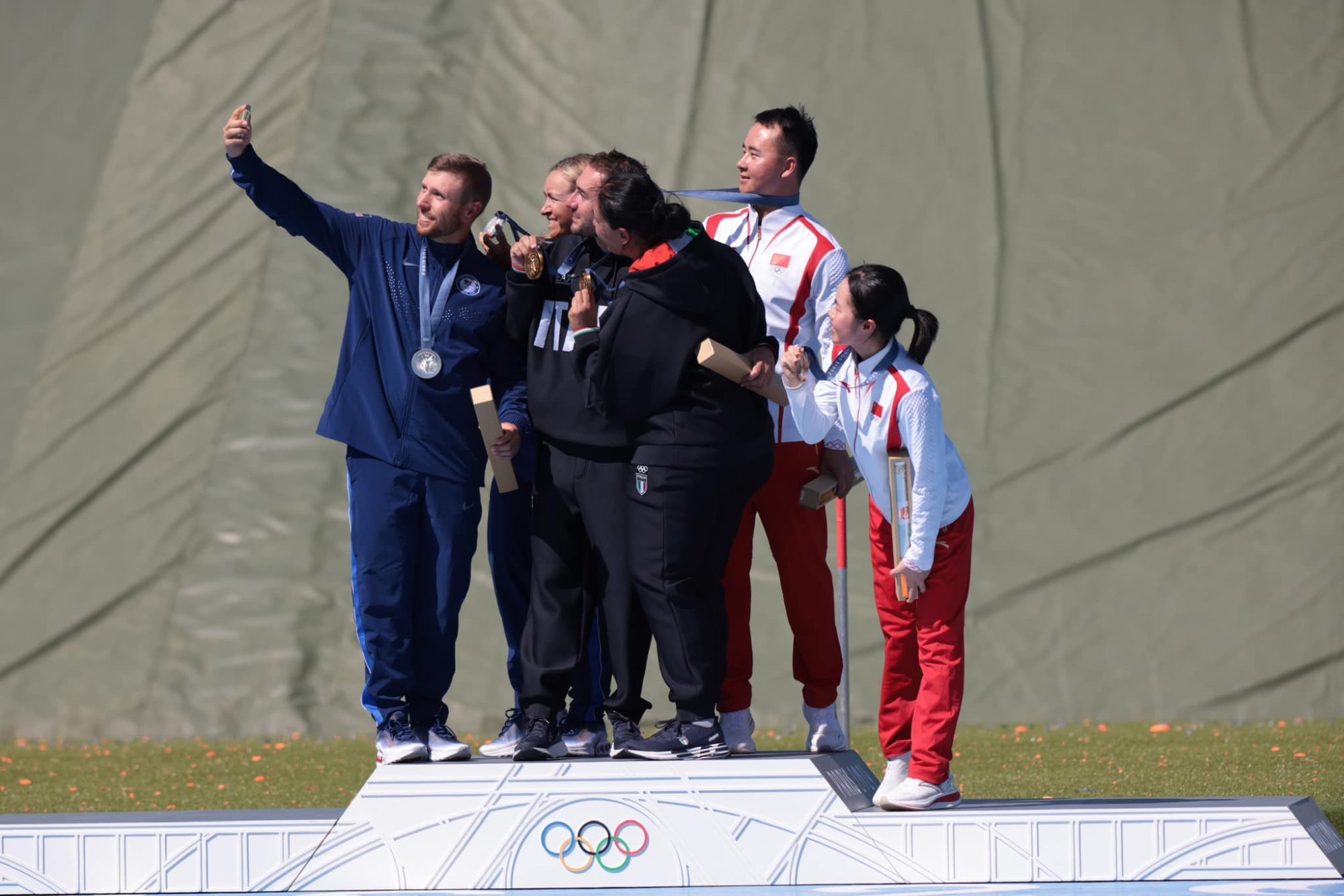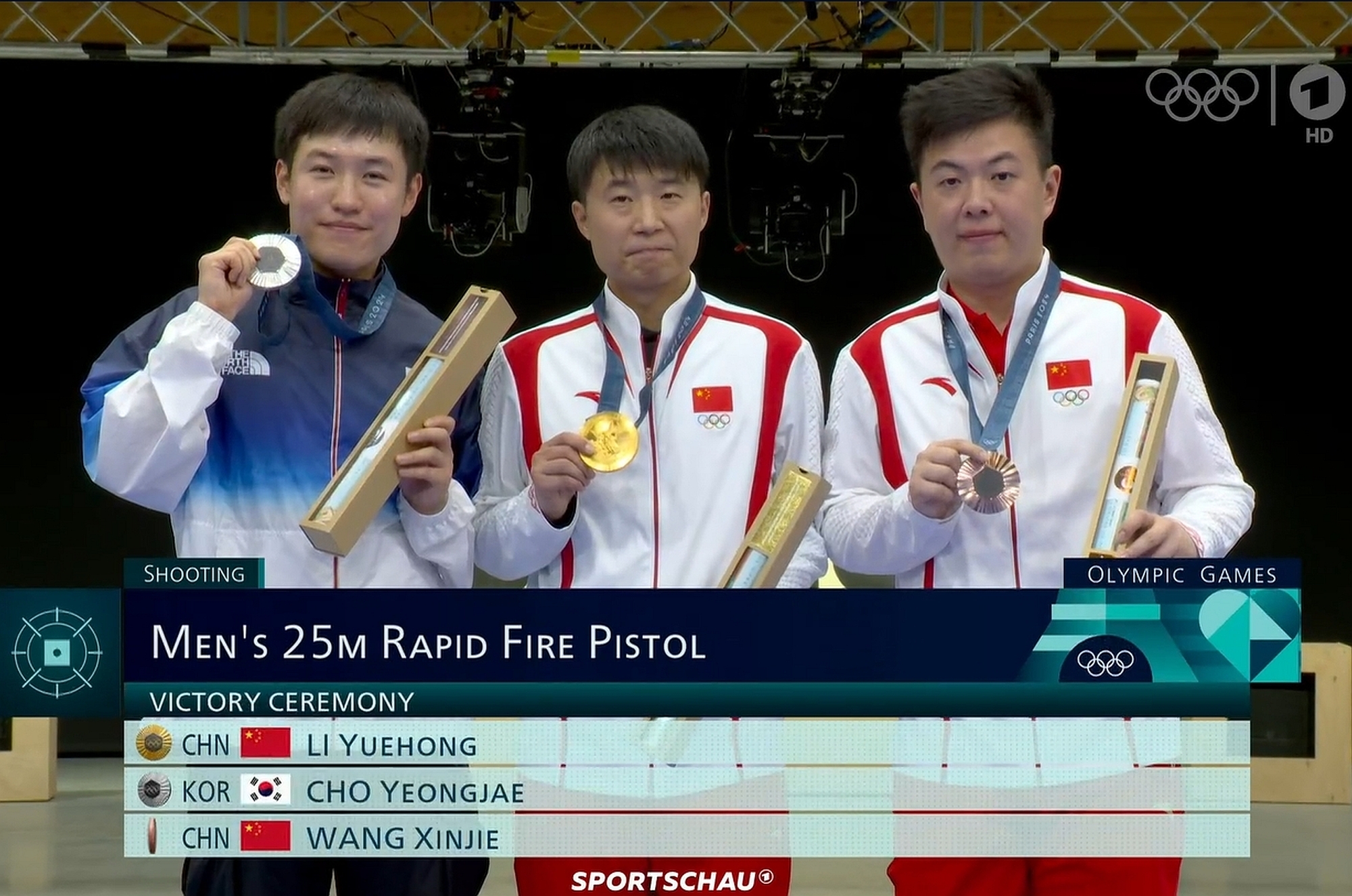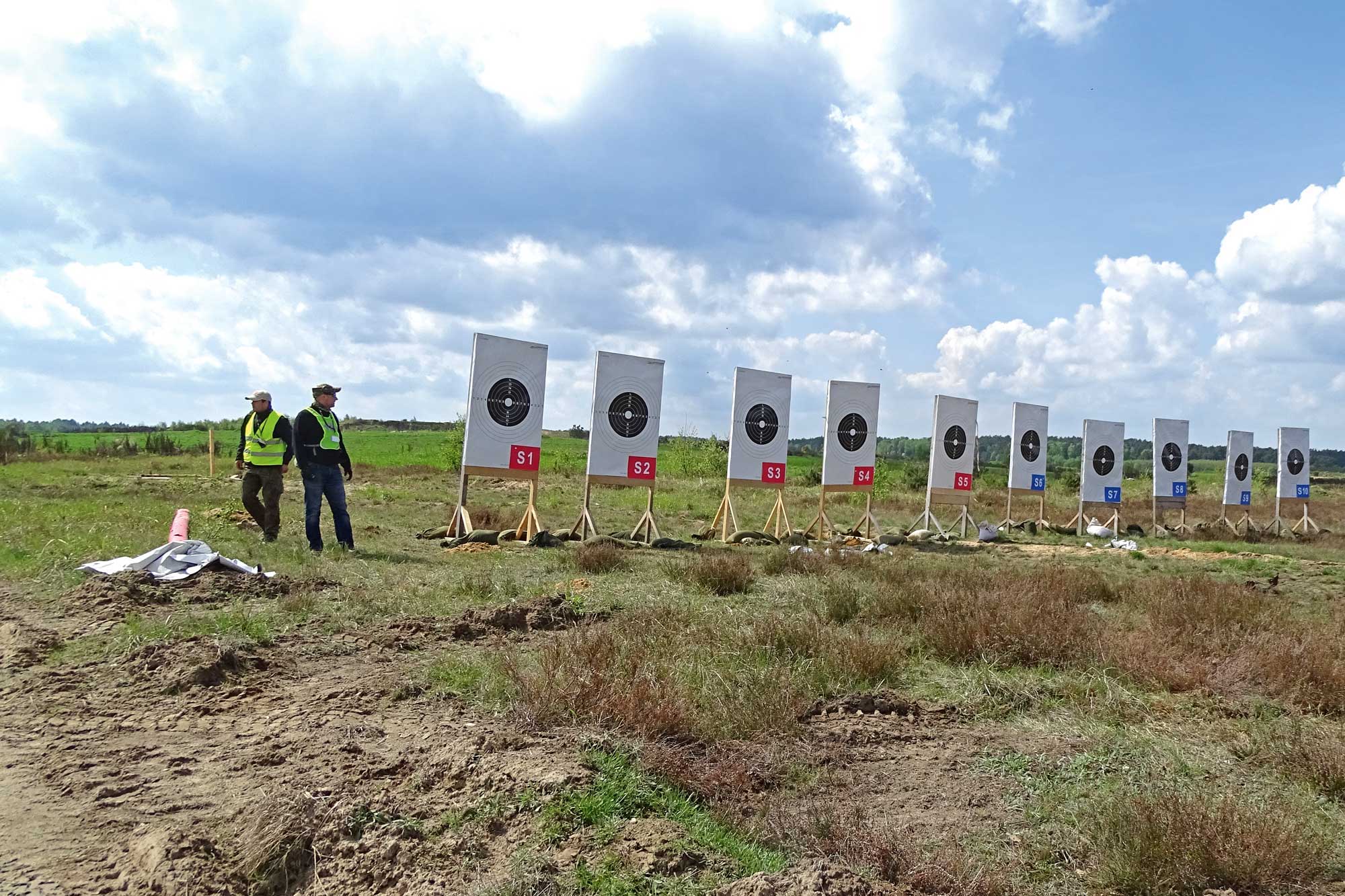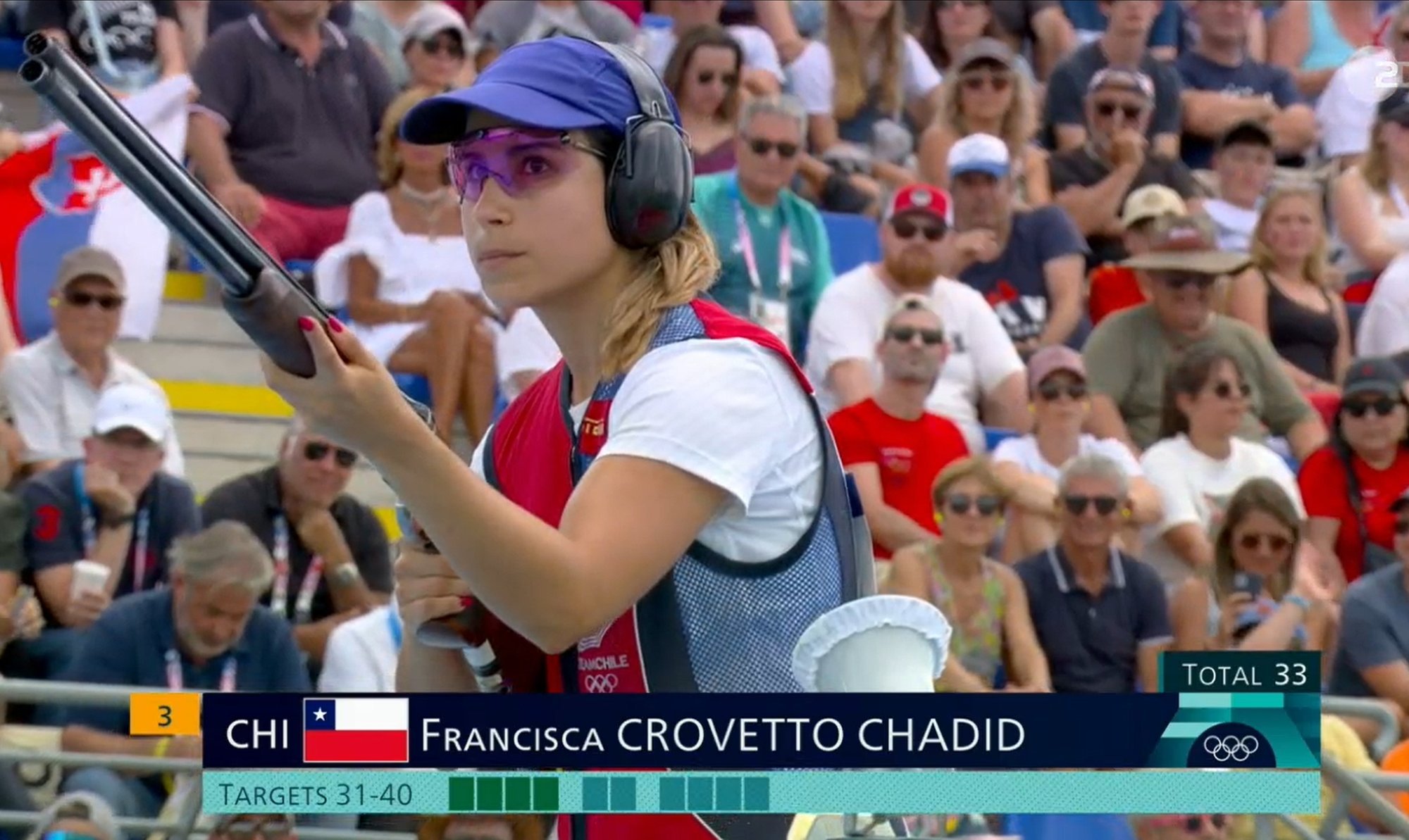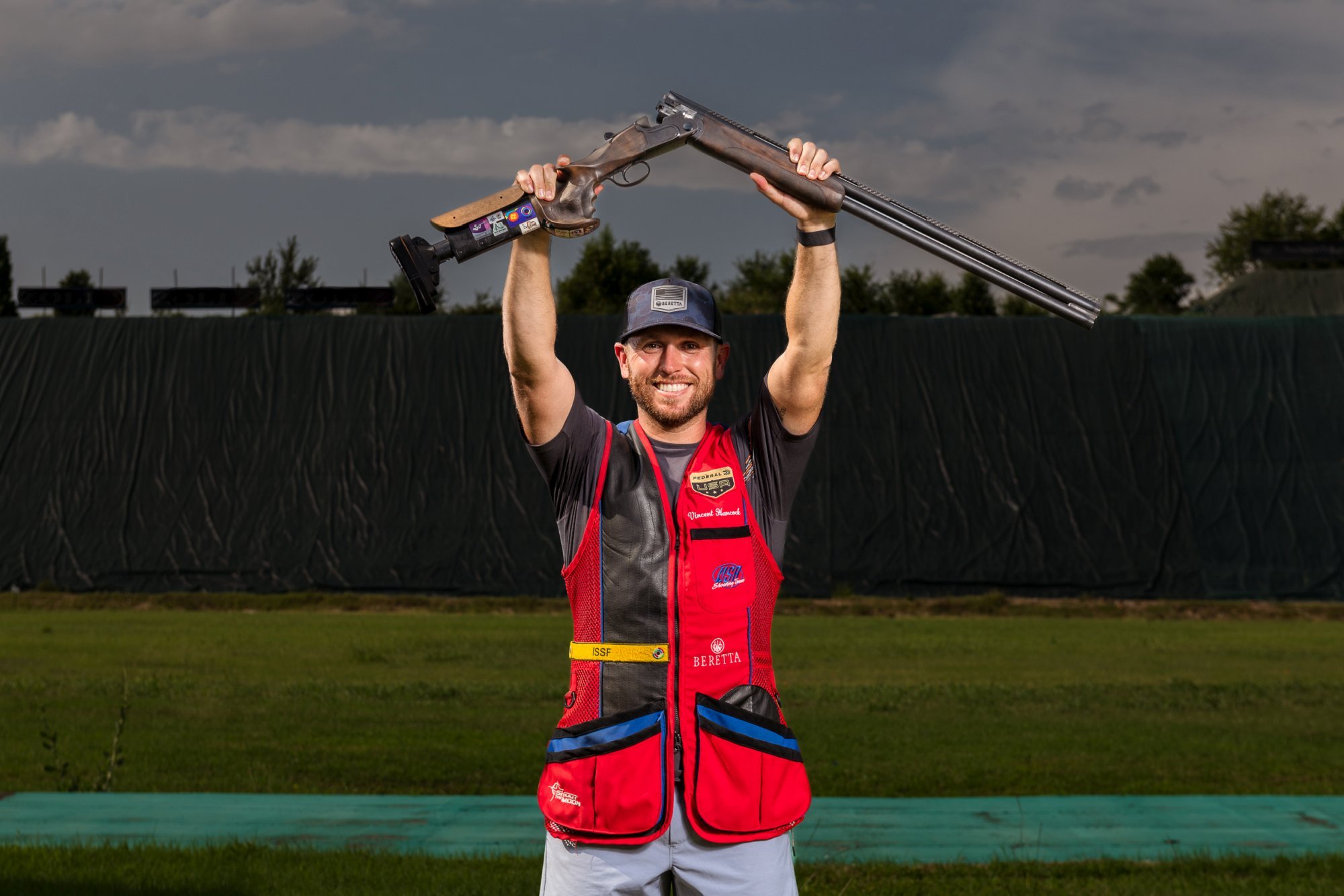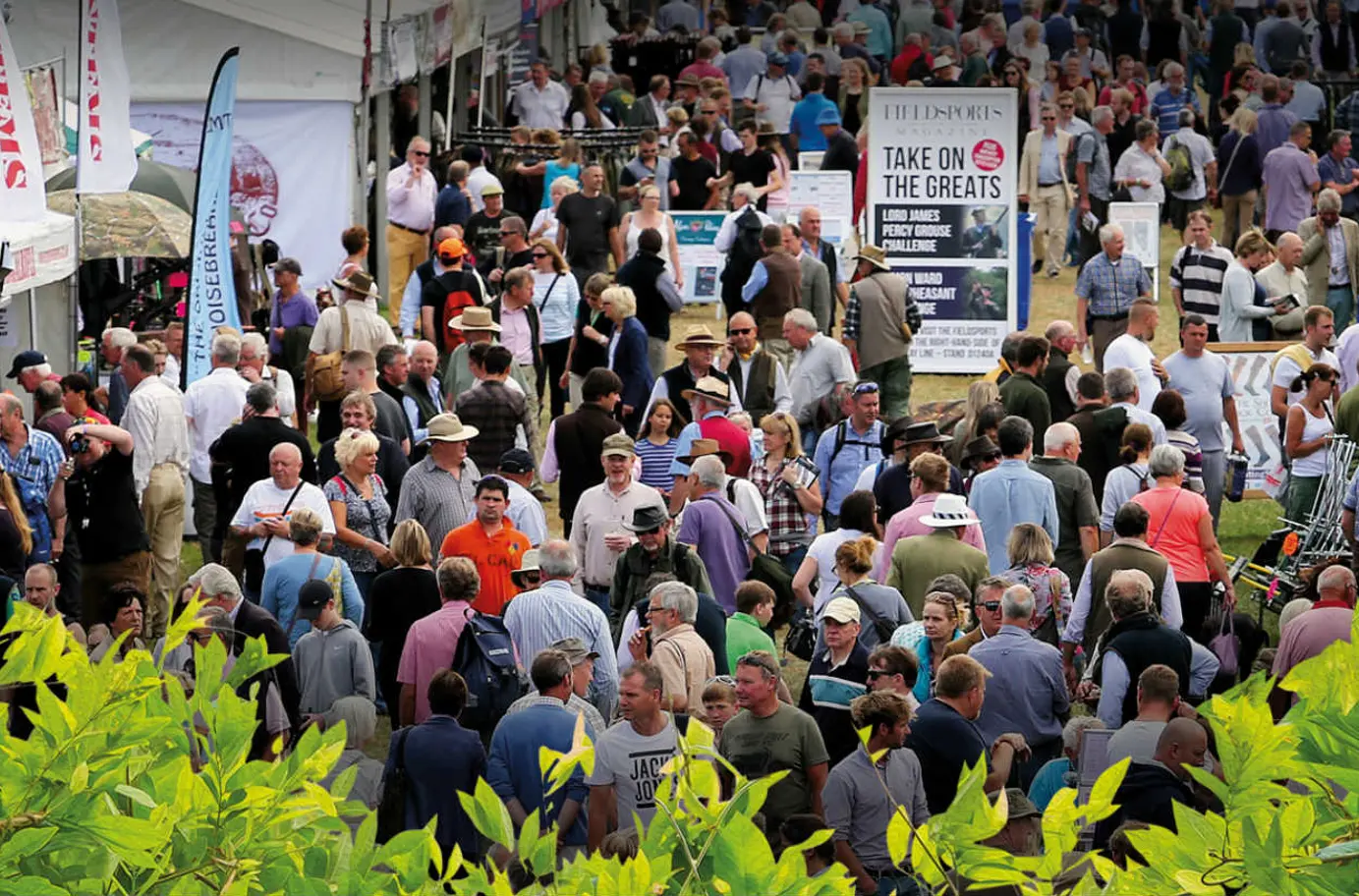You already learned about the right grip and posture in part one and two of our "Perfect pistol shooting" series. However, the best attitude can be ruined by an incorrect trigger pull. That's why we want to explain you the right trigger control in this section.
The right trigger control in dynamic pistol shooting
Now we want to make a digression into the realm of fine motor skills and see what challenges IPSC shooting pose to trigger control. Because the complexity of different target disposition from stage to stage makes variable trigger control or different triggering techniques an indispensable tool in the repertoire of every IPSC shooter. The goal is to operate the trigger quickly without disturbing the sight image.
Two different options for trigger control
Basically, two techniques have emerged. The first and probably the most widely used technique, the so-called "pin-and-reset" method, involves keeping your finger in contact with the trigger during the entire ejection process and minimizing the movement of the finger itself. Therefore, this method is also considered by many to be the fastest, most accurate one. After the shot has been fired, the trigger finger remains on the trigger and then releases it only as forward as necessary to allow for the trigger return travel. In the other, much less popular technique, the so-called "trigger slapping", the finger is completely removed from the trigger after firing. Before the next shot, contact with the trigger face must first be established again. Which of the two methods one ultimately chooses is more a matter of taste than of clear advantages or disadvantages. In many cases, advocates of the former method object that "trigger slapping" can only be implemented effectively with pistols with light single-action triggers, whereas the fans of the latter one claim that the so-called "trigger freeze" is favored by the incomplete trigger’s forward travel (in this case, the trigger is not allowed to travel forward enough to reset and as a result the next shot can’t be fired). In any case, there are supporters of both methods among the top marksmen, and ultimately which one you choose is irrelevant.
When used correctly, both the "Pin and Reset" and "Trigger Slapping" techniques allow you to fire without moving the gun away from the point of aim due to trigger manipulation. More precisely, it is even irrelevant whether the trigger finger is removed from the trigger face after the shot or not. Because at this point, the shot has already been delivered. All that matters is that you are able to pull the trigger straight back without disturbing the sight image!
When is which method used?
In IPSC shooting we encounter targets in a variety of dimensions and ranges. Accordingly, acceptable hits sometimes require less trigger control. For example, the requirements for an A-zone hit on an IPSC disc only a few meters away are significantly lower than for a steel disc at 25 m, measuring only 20 cm. Thus, the ability to adapt your triggering technique to the circumstances is of paramount importance. Otherwise, you waste time and/or points on a stage. This may sound complicated and requires a lot of training, but without a variable trigger control you can’t be as fast as possible and as accurate as necessary!
In principle, trigger control can be divided into three categories:
Three techniques with different accuracy requirements
Category 1 Trigger operation doesn’t stop at the break point. The trigger is simply pulled through in one single fast movement. Although the visual focus is on the sights, after the upward movement of the sights begins you are already turning to the next shot/target. This type of trigger control is perfect for close targets.
Category 2 For medium-range targets or when some accuracy is required, the trigger is first pulled up to the break point and then the pulling action is continued rapidly, overcoming the break point.
Category 3 If the highest possible accuracy is required, the trigger is pulled as in category 2 until the break point is reached. Once the break point is past, however, the main focus is on the sights and the goal is to deliver the shot without moving/disturbing the sight image. The key to success lies here in a distortion-free, straight-line pulling operation. The above breakdown is not exhaustive and can be customized. The decisive factor is that you work out a system that is geared to the difficulty of the shot. To develop such a system, we strongly recommend that priority should be given to accuracy at the beginning. Only when the necessary basic skills are mastered, you should pay attention to increasing speed and explore how much trigger control can be given in each case without missing hits.
As always, these tips on correct trigger control are not only interesting for passionate shooters, but are aimed at all handgun shooters who want to improve their skills. Try it out. Because practice is known to make perfect (shooters)!
Here are the other installments of our series on dynamic handgun shooting::
For further information on dynamic handgun shooting:
Which IPSC classes are there in the field of short weapons? We offer you a short overview to the Handgun Divisions.



